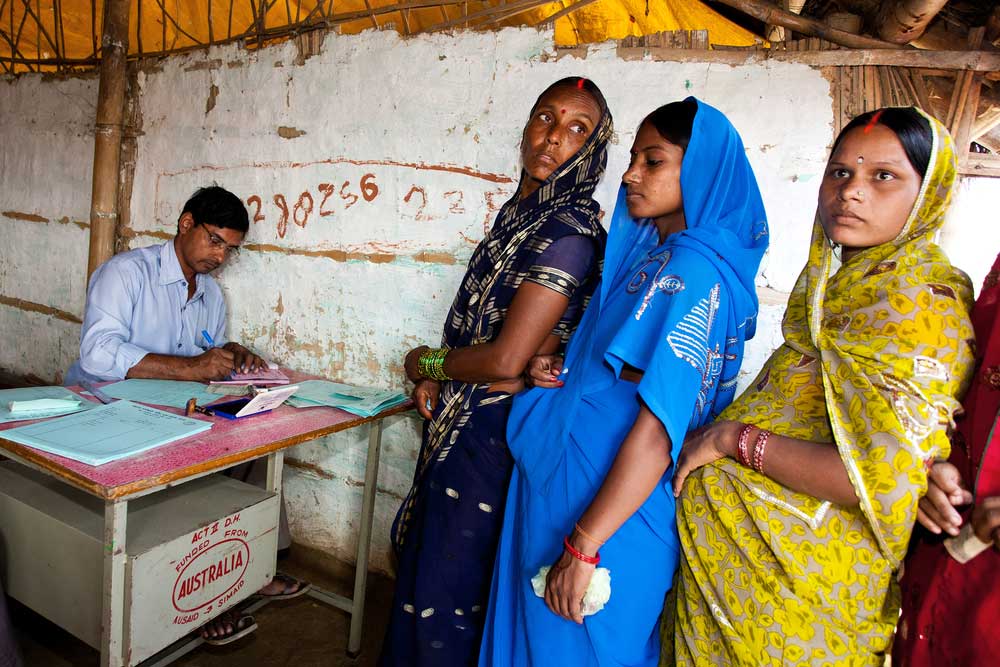
P. A. Chacko
On a global scale, when it comes to matters related to health, it is women who are the last recipients. In a male dominated world, the planners and schemers are men. They are in the steamroller majority as policy makers and executors.
Reports say that infant mortality rate among female children is more than the male counterparts in India. Similar situation is there in women’s morality rates.
The reason is not far to seek. From birth to death, female species are considered second rate. Preferance for male children is the norm. Hence, aborting the female foetus is a common practice.
All this boils down to our mindset. Hence, in the field of health and sickness, women are given space at the end of the queue.
The theme for 2025 is: ” In Solidarity We Resist: Our fight, Our Right. “
It is reported by activist organisations that there is “an alarming global backlash against sexual and productive health rights.” The victims are women. They point out that the high level of gender inequality badly affects the health of women and girl children.
Already when a child is in the womb, gender discrimination begins to work in our world of patriarchy.
Females are said to be the most commonly aborted sex in India. Even after birth, male children get more preferance in receiving treatment and care.
The health care system is concentrated more in urban areas. In rural areas, the system in place does not function properly. Often, half-baked quacks take advantage of the breakdown of the health system in rural areas.
The Government of India National Family Health Survey, (NFHS II, 1998–1999) showed that “the maternal mortality in rural areas is approximately 132 percent the number of maternal mortality in urban areas.”
Health workers point out that rural health infrastructure often suffers from shortages of trained obstetricians, gynecologists, and skilled birth attendants.”
There is much to be desired for the improvement of the health system especially in developing nations.